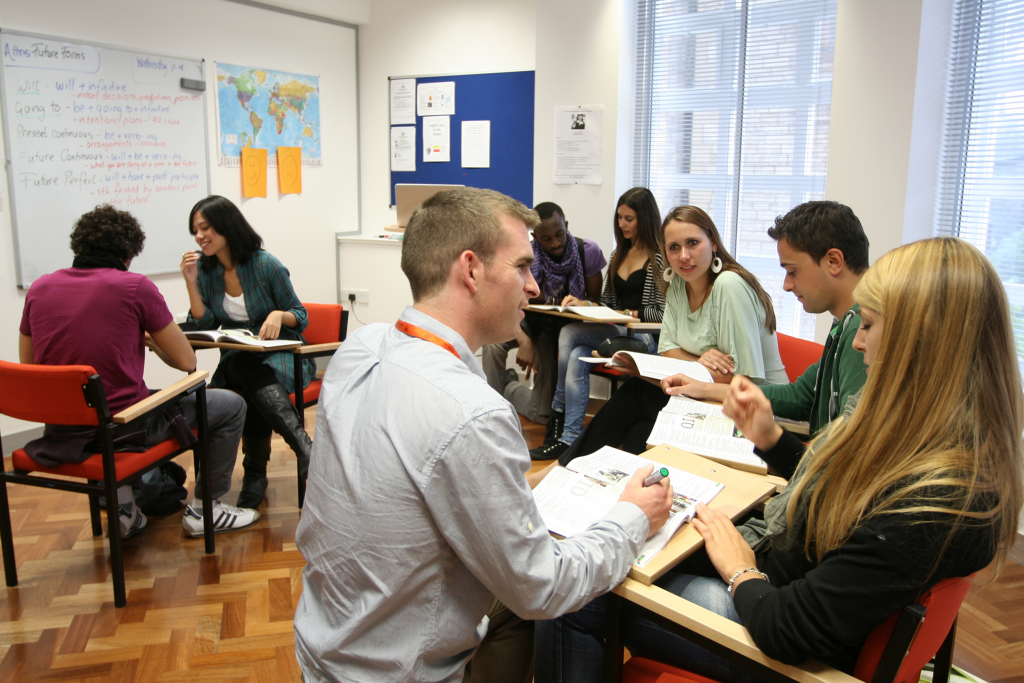
Classrooms, like other communities, are social environments where relationships are influenced by the power dynamics at play between different individuals. When we look at classroom relationships from this perspective we see that teaching is not a simple exchange between teacher and her pupils who are told how to behave, what to learn, or when and how to learn it, but a series of small power-loaded exchanges. This interests us most particularly if these exchanges relate a teacher’s loss of control when managing pupil’s behaviours. But teaching is not all about the power held by the teacher. Teaching is also about the empowerment of pupils to make decisions, the shaping of a learning environment to build productive relationships, and enabling individuals to influence others in positive ways.
Any teacher will acknowledge that there are diverse amounts of power that exist in every individual in every classroom and that power will largely determine his engagement in learning. In a classroom where pupils are powerless due to an imbalanced dynamic on the part of the teacher, pupils may battle to regain power but offered the opportunity to gain positive power then pupils will more likely engage in lessons.
Foucault (1977) states that power relationships are not constant but always in motion. Manke’s Classroom Power Relations and Gallas’s Sometimes I Can Be Anything’ explore power in classrooms and both acknowledge the ways that power is not only dynamic but also mutually constructed and negotiated between teacher and pupil, and between individual pupils.
Himley in her book Political Moments in the Classroom writes, ‘Power is best understood as a multiplicity of force relations that are immanent, constitutive, relational, and dynamic’. In the classroom, through their interactions some pupil may have more power and influence over others, including in some cases over teachers, and this will fluctuate and change depending on the individuals involved.
Classrooms as social environments
As a social environment the classroom faces issues similar to those in the broader social community, issues such as inclusion/exclusion and identity, where different individuals with diverse personalities and a wide range of abilities come together to create a complex web of human relationships. In the classroom for instance, a child may adopt certain roles to negotiate power, perhaps as class clown, and may use humour to alter the path of classroom dialogues. Teachers have their traditional roles as facilitators but are also holders of power and pupil gain or lose power depending on the extent to which the teacher yields her own power and the extent to which she creates boundaries for individual pupils.
The Carnegie Trust and the JRF published a paper which details the uses of power and defines different types of power; they specify power over, which is a dominating form of power (the urge to control others), then there is power within, this might be called personal empowerment, or emotional intelligence which includes learning, accomplishing goals, and achieving competence or excellence. Third is power with, which is the power we attain when we work cooperatively with others. It is the role of the teacher to engage in dialogue with pupil and validate multiple points of views, yet to yield to an individual pupil’s power over is likely to end in some other pupil feeling powerless Promoting power with however results in a more healthy spread of power among all pupil.